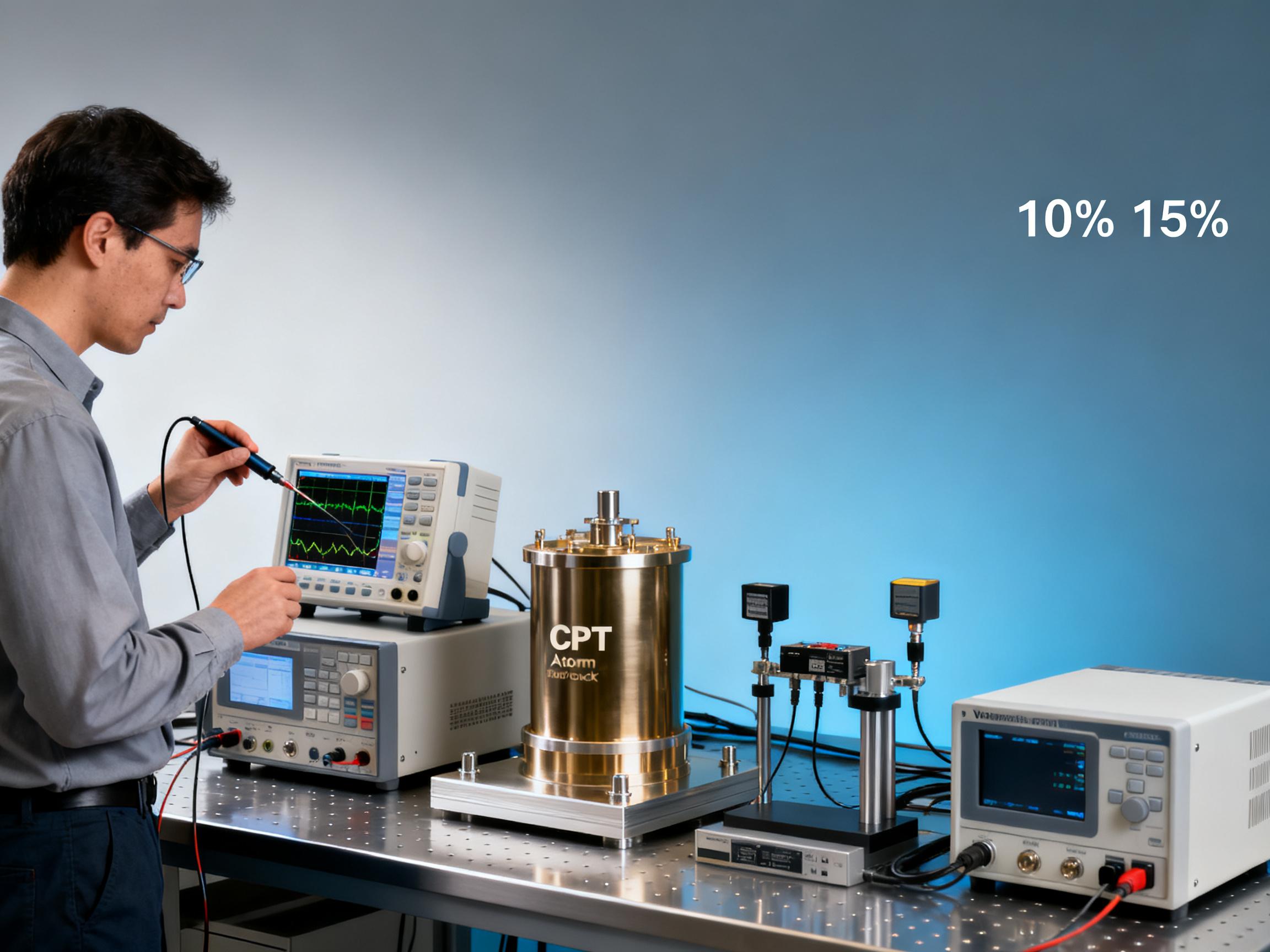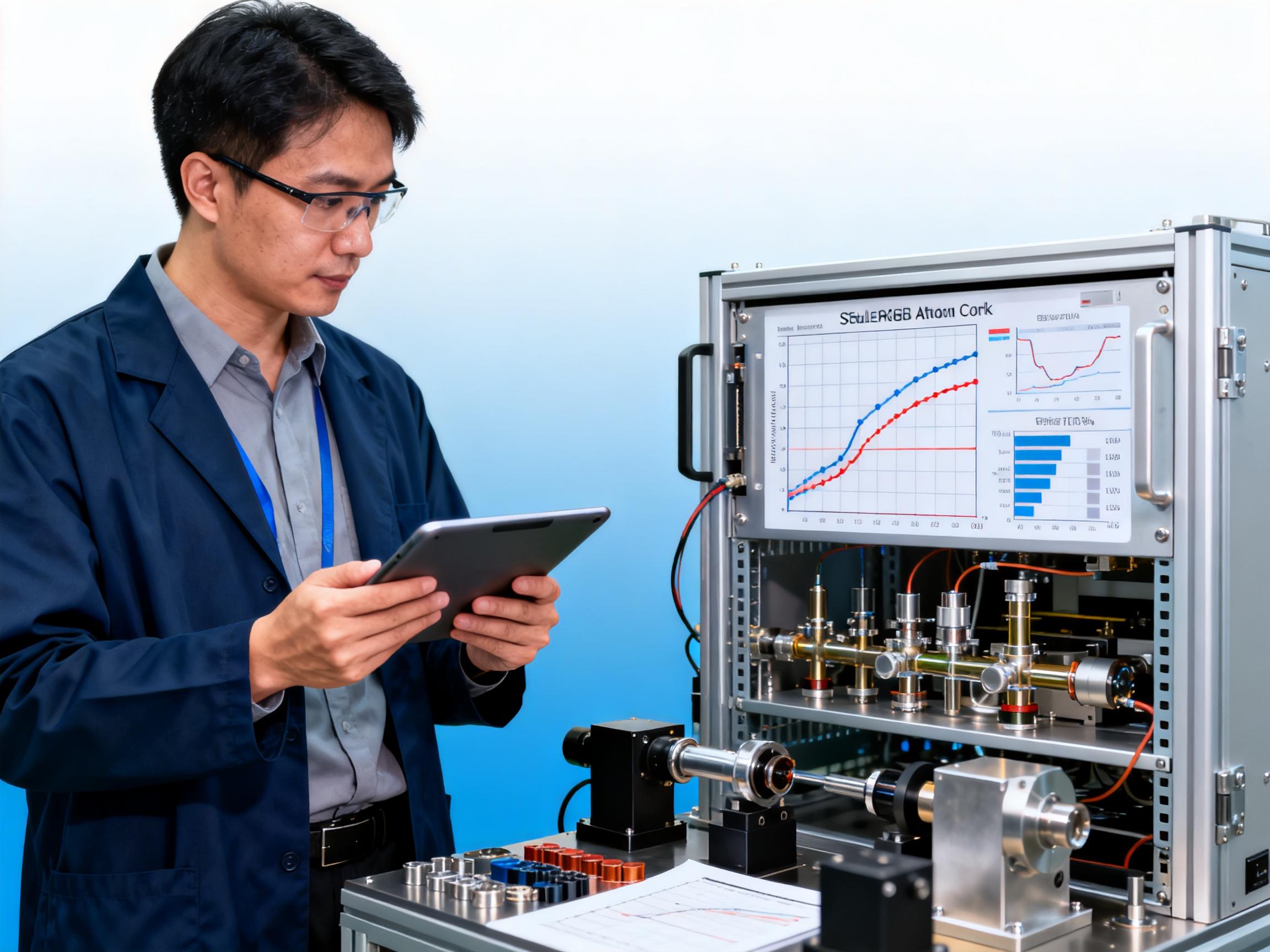RELATED
![How CPT Atomic Clocks Reduce OPEX in 5G Base Stations [Real Data] How CPT Atomic Clocks Reduce OPEX in 5G Base Stations [Real Data]](https://usimg.bjyyb.net/grey.png?x-oss-process=image/resize,m_fixed,w_800,h_600,limit_0) How CPT Atomic Clocks Reduce OPEX in 5G Base Stations [Real Data]2025-12-11
How CPT Atomic Clocks Reduce OPEX in 5G Base Stations [Real Data]2025-12-11 2024 CPT Atomic Clock vs Rubidium: Which Offers Better Stability for Telecom Networks?2025-12-08
2024 CPT Atomic Clock vs Rubidium: Which Offers Better Stability for Telecom Networks?2025-12-08 Live Demo Results: CPT Atomic Clock Performance Under Harsh Environmental Tests (Data Inside)2025-12-05
Live Demo Results: CPT Atomic Clock Performance Under Harsh Environmental Tests (Data Inside)2025-12-05 Budgeting for Precision: Total Cost of Ownership for a Rubidium Atomic Clock Over 5 Years2025-12-03
Budgeting for Precision: Total Cost of Ownership for a Rubidium Atomic Clock Over 5 Years2025-12-03
MESSAGE
1. Synchronicity:
Working synchronously with the system clock makes data transmission and operation more orderly and predictable, improving the efficiency and stability of data transmission. It can transmit and operate data on the rising or falling edge of the clock, and can work better with other components of the system (such as CPU, chipset, etc.).
2. Large Capacity:
It can provide a large storage capacity to meet the data storage needs of computers and other digital systems. With the development of technology, the capacity of SDRAM has continued to increase, from several megabytes (MB) in the early days to several gigabytes (GB) or even higher now.
3. High-Speed Data Transmission:
SDRAM can achieve a higher data transmission rate by adopting pipeline technology, burst transmission and other methods. Pipeline technology allows multiple operations to be performed simultaneously in one clock cycle, while burst transmission can continuously transmit multiple data after one address selection, reducing the overhead of address transmission and improving the efficiency of data transmission.
4. Cost-Effectiveness:
Compared with other types of high-speed memory (such as static random access memory SRAM), SDRAM has a lower manufacturing cost, so it has a greater advantage in cost-sensitive applications. Although its performance is slightly lower than SRAM, it can meet the needs of the system in most cases and has a high cost-effectiveness.
CONTACT US
Please use the form below to get in touch.
If you need a reply we will get in touch as soon as possible.

![How CPT Atomic Clocks Reduce OPEX in 5G Base Stations [Real Data] How CPT Atomic Clocks Reduce OPEX in 5G Base Stations [Real Data]](https://usimg.bjyyb.net/sites/91500/91958/1765179857856560163985903616.jpeg)



